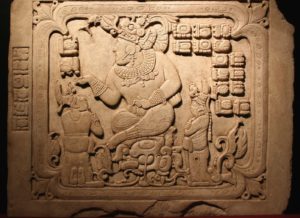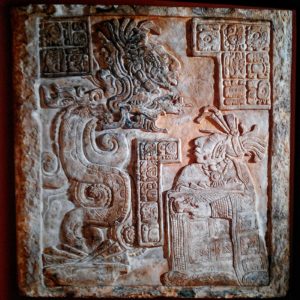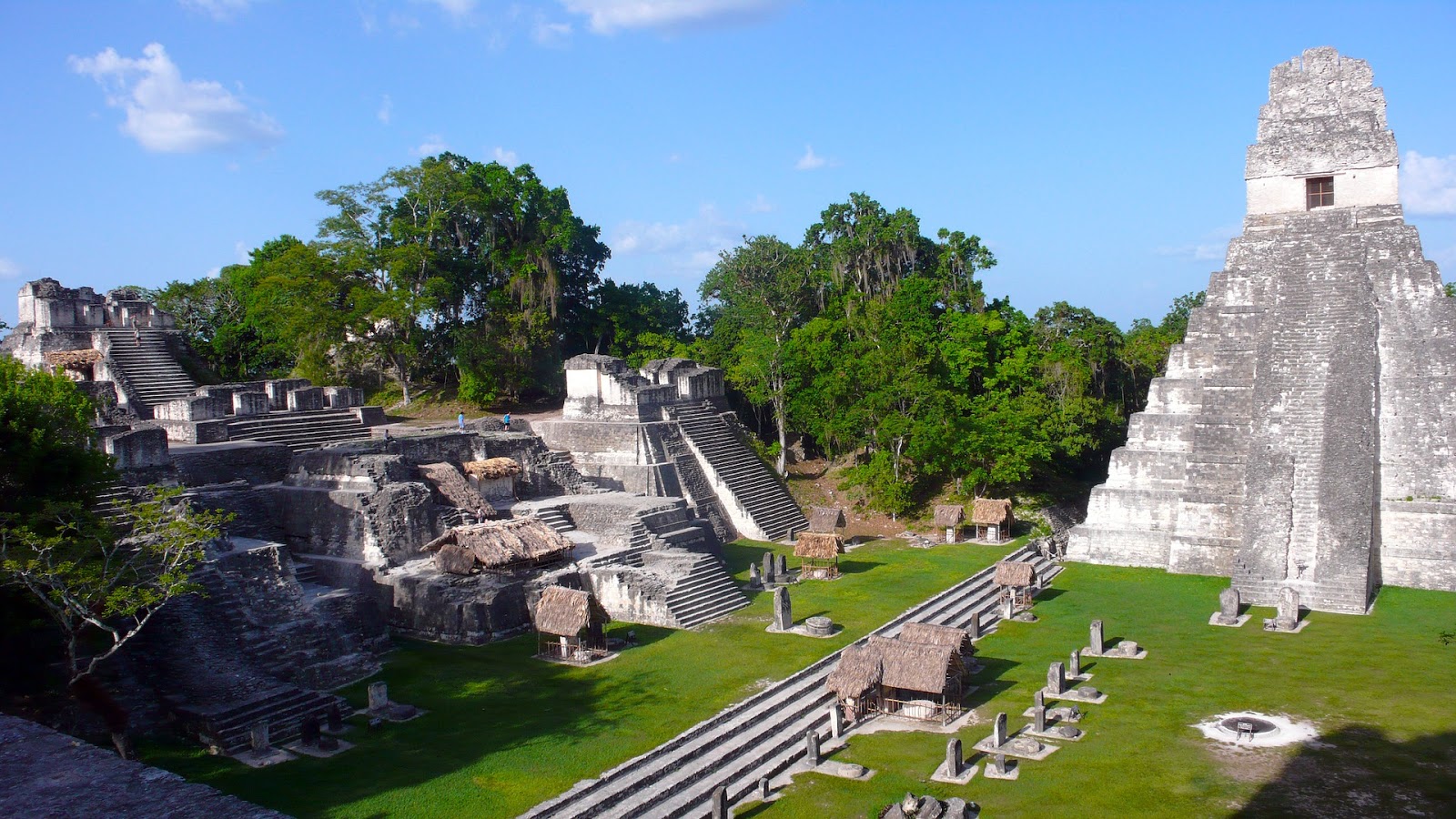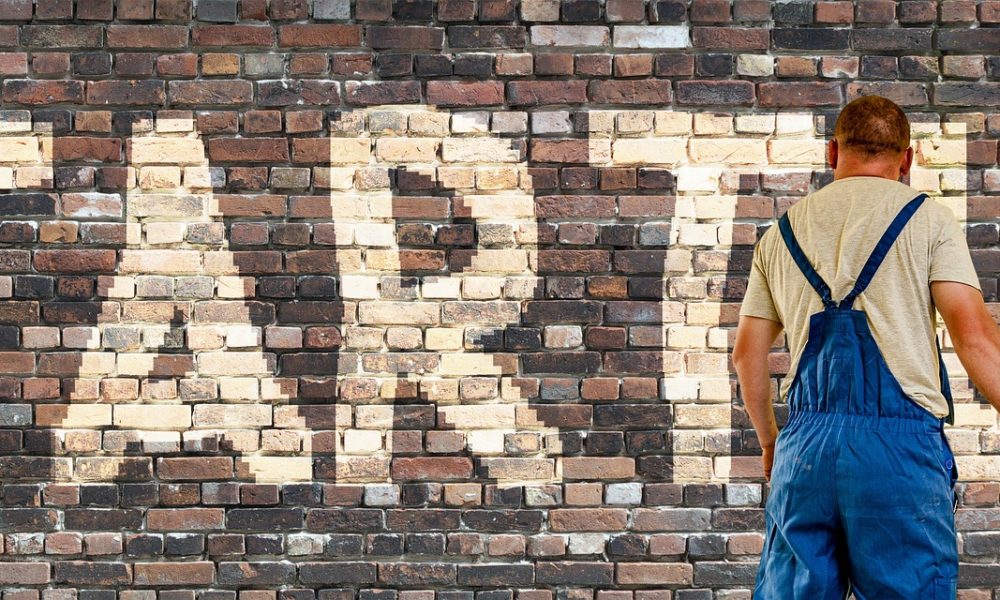For its new project “Preserving Maya Heritage,” Google ties up with the British Museum, using cutting-edge technology to show a collection of ancient Mayan artefacts, including the pre-Colombian version of Google’s smartwatch.
Throughout the project the Mayans and their monumental heritage are accessible to everybody, as an immense collection is digitised and exhibited. People can examine the Mayan world and go on immersive digital tours to discover and experience ancient Mayan sites like Quiriguá or Tikal. The Google Arts and Cultural Institute started in 2011 to make important cultural material accessible to everyone and to digitally preserve it, in order to educate and inspire future generations. Since 2012 it has partnered with a number of reputed institutions to show exhibition and archival content online.
“This is the first project of its kind for Google Arts and Culture, to be focused on the digital documentation, preservation and sharing of cultural heritage. We use technology like 3D laser scanning, photogrammetry, 360-degree panoramic street view captures from Mayan sites through Guatemala and put them online to share with people from around the world, in 3D,” Google arts and culture project manager Chance Coughenour says.
The ancient Mayan culture emerged in Guatemala, southern Mexico, Honduras, Belize and El Salvador with its“classic period” spanning from AD250 to AD900. The sudden decline of this remarkably sophisticated civilization with around 19 million people remains still one of ancient history’s most intriguing mysteries. Core bustling urban areas on Yucatan peninsula, with efflorescent cities such as Tikal, collapsed and went to abandoned ruins over the course of a hundred years.
“They were an extraordinary civilisation who developed an extremely complicated urban landscape involving millions of people,” Jago Cooper, curator of the American department of the British Museum says. The base of the project is the collection of photographs, casts and other documents of the British explorer Alfred Maudslay that was kept in storage for more than 100 years.
Maudslay was the man who helped introduce the Mayans to the world. Gifted with an unshakable passion to search for lost cities, he travelled to Guatemala in the late 1800’s to document the mighty Mayan civilization that thrived in Central America for thousands of years.
Unlike many European adventurers and explorers in that era, Maudslay left the archaeological scenery mostly intact. He was a pioneer in technology and visual communication, using innovative techniques like plate glass to capture images and plaster casts of the monuments. Maudslay’s collection of replicas is priceless, since many of the original objects he documented have suffered environmental or human-induced damage. Though fragile, they represent some of the world’s best-preserved imagery of the Mayan monuments. They show their hieroglyphics that still bear untold and mysterious stories as just a handful of people able to decipher them.
 If you take a close look at the Mayan artefacts on Google, you might see America’s first smartwatch. The old Mayans were masters of mathematics, physics and astronomy. They developed extensive and sophisticated mechanisms to create their cosmovision. By measuring time and space, the rise of the sun, the length of the rain, the pregnancy of the women, they were able to better understand life and humanity.
If you take a close look at the Mayan artefacts on Google, you might see America’s first smartwatch. The old Mayans were masters of mathematics, physics and astronomy. They developed extensive and sophisticated mechanisms to create their cosmovision. By measuring time and space, the rise of the sun, the length of the rain, the pregnancy of the women, they were able to better understand life and humanity.
One of this machines was the Maya “A‘bak’”, which functioned similarly to an abacus, which was often arranged on a bracelet. It served as a positioning matrix where objects acquire value according to their position, similar to binary language. The “A‘bak’” was discovered by the Guatemalan Mathematician Domingo Yojcom. This version of the Mayan smartwatch was detected for the first time is on the second stele in the archaeological site La Amelia, in the north of Peten. It shows a scene of July 10th, 804, in which the governor of the Dos Pilas wears the “A‘bak’” on his forearm while playing soccer with the head of his enemy.
The “A‘bak’” has a lot of similarities with its Aztec competitor, the Nepohualtzintzin, discovered in the sixties by the Mexican engineer Daniel Esparza. Though the Aztec one is horizontally oriented and he Mayan vertical, the structure of both instruments is very similar. This led to the ever returning question which one is the oldest. A recent study by Mexican expert José Ortega now states that the Aztec version was a copy of the Mayan. Unlike the “A‘bak’”, Nepohuatzintzin’s counting system is decimal, which points at a European influence.
The “A’bak’” shows that the Mayans already handled positioning matrices, making their mathematics look like the ones of modern Silicon supercomputers. With the “A’bak’” strapped around his wrist, a Maya could do all the calculations: sums, multiplications, radicals, and surfaces on-the-go. He was connected to Universal Wifi of the laws of mathematics.







